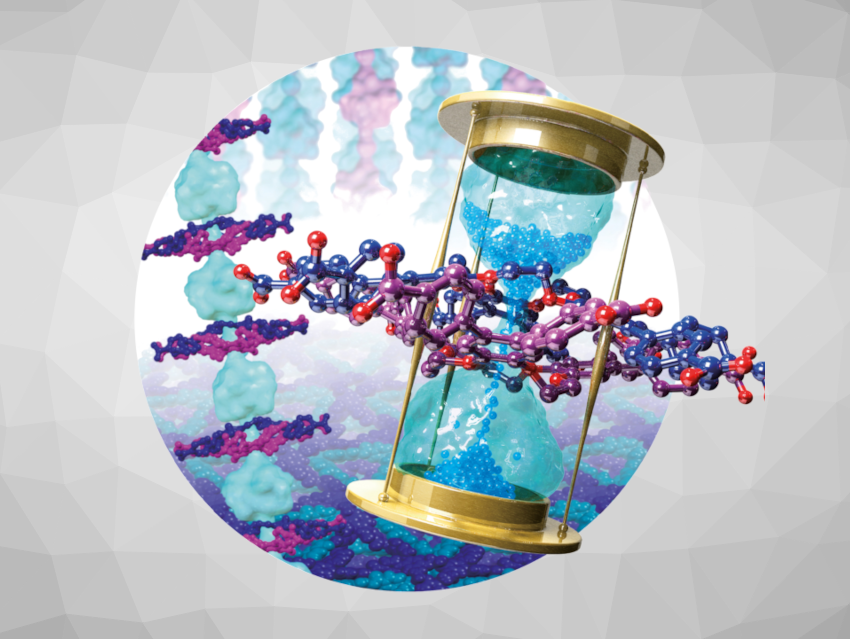In this issue, M. Guidotti et al. review the coordination chemistry for the generation of heterogeneous catalytically active sites in oxidation reactions, T. Ebenhan et al. discuss antibiotic-derived radiotracers for positron emission tomography, and Q. Li et al. summarize the rational design of efficient electrocatalysts for direct seawater splitting. The Minireview deals with bimetallic catalysis in stereodivergent synthesis (W. Zhang et al.). S. K. Kandy and J. R. Chekan highlight work on the biosynthesis of strychnine, a plant-produced toxin.
In the original research section, I. Hisaki et al. present a proton-conductive porous framework of an 18-crown-6 ether derivative networked by rigid hydrogen bonding modules (see picture). W. J. Koros et al. share new insight into physical aging-induced structure evolution in carbon molecular sieve membranes. G. J. Schrobilgen et al. describe the synthesis, structure, and bonding of a XeIV transition-metal coordination complex. J. M. Fox et al. report affinity bioorthogonal chemistry tags for site-selective conjugation, on-resin protein-protein coupling, and purification of protein conjugates. X. Guo et al. observed vibration-assisted charge transport through positively charged dimer junctions.
- Angewandte Chemie 45/2022: Conductive Networks,
Angew. Chem. Int. Ed. 2022, 61 (45).


